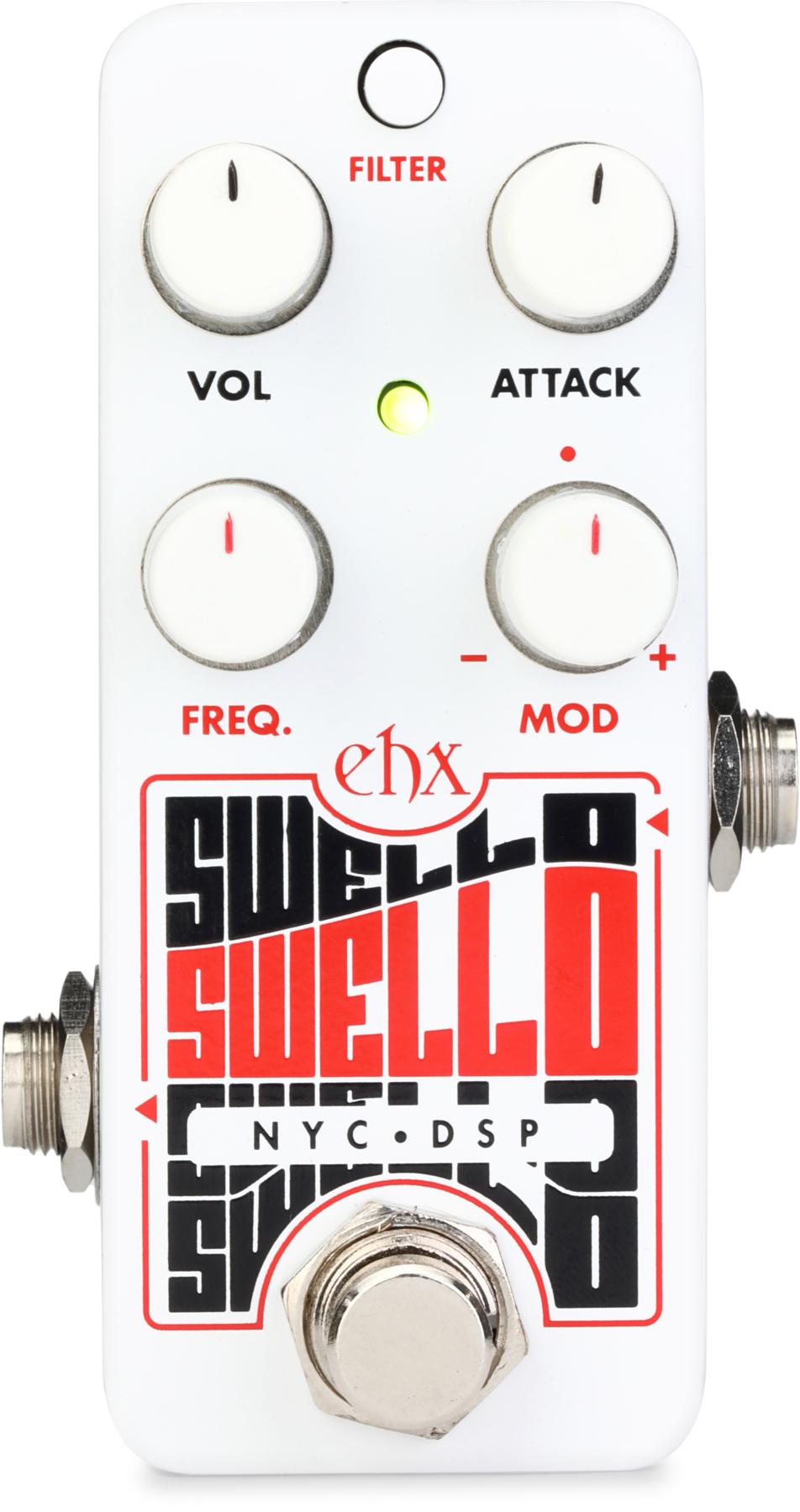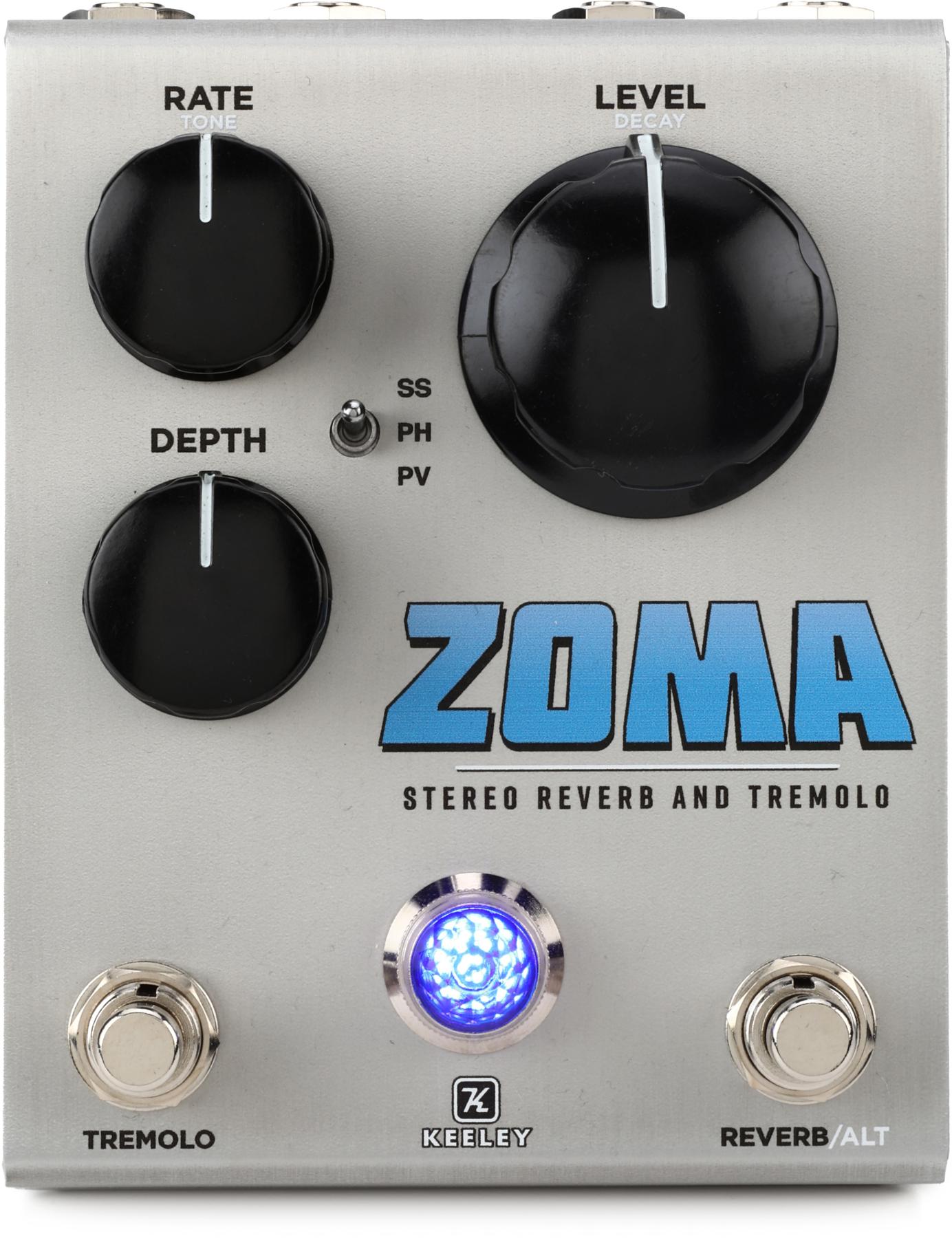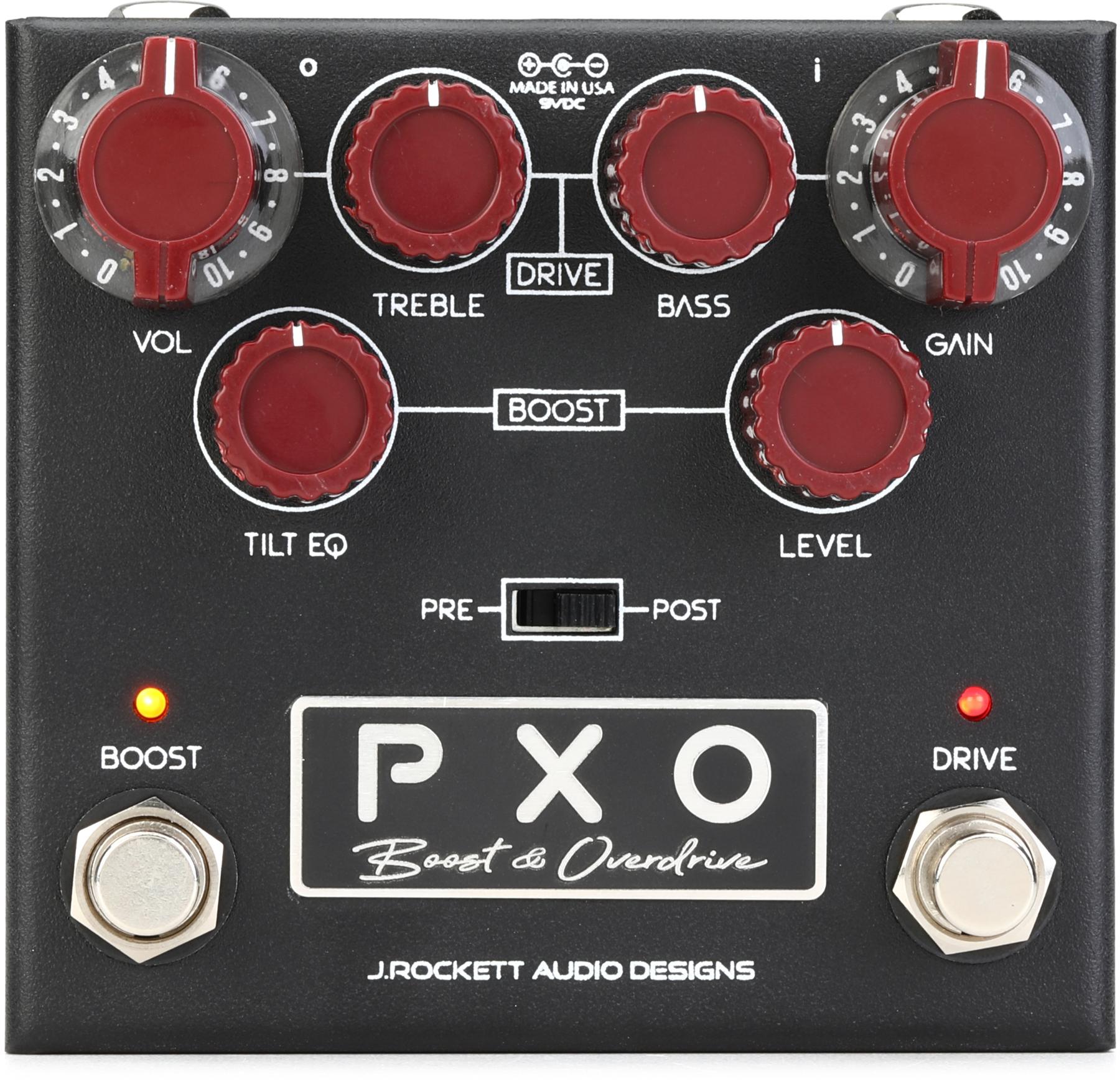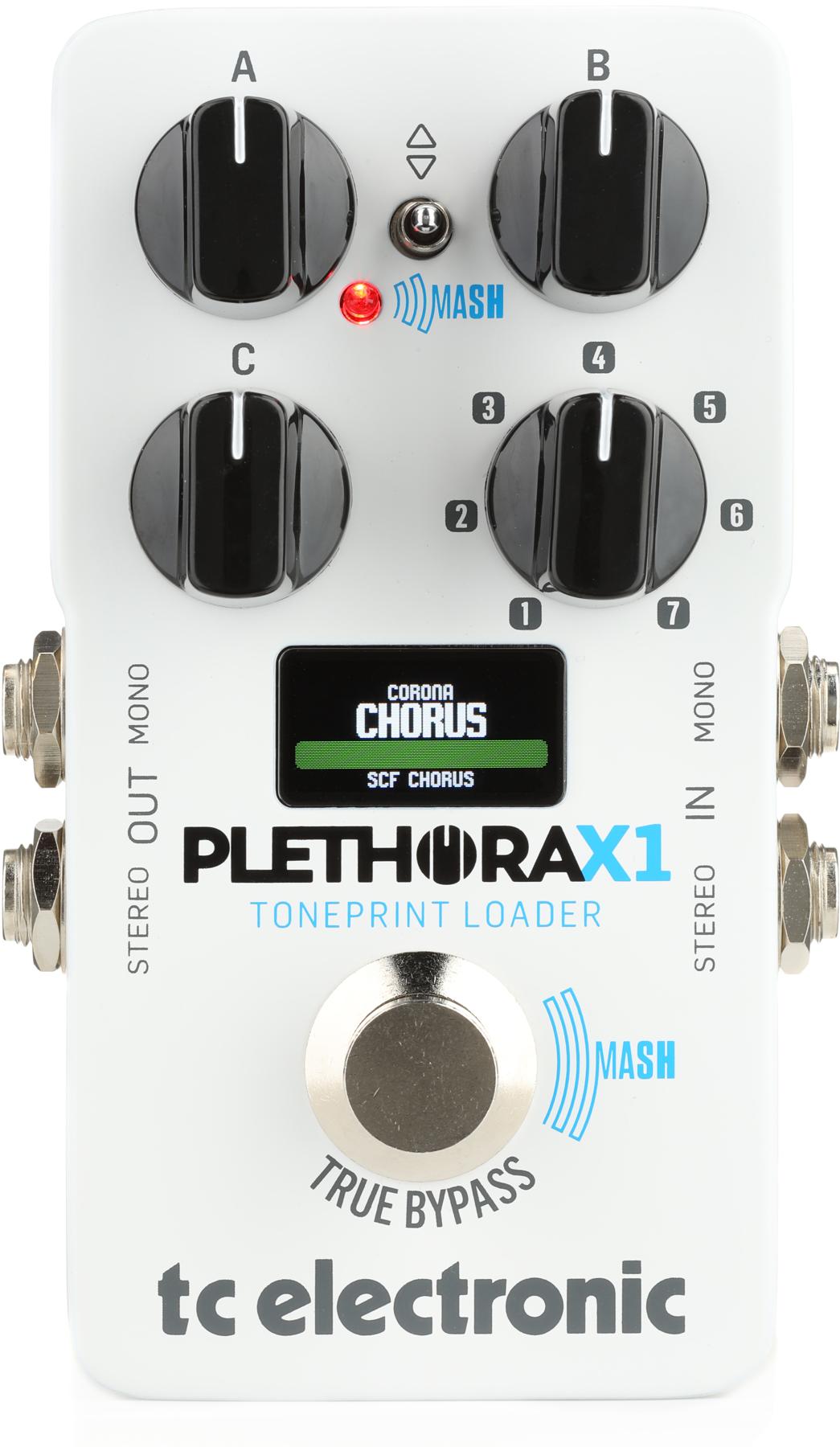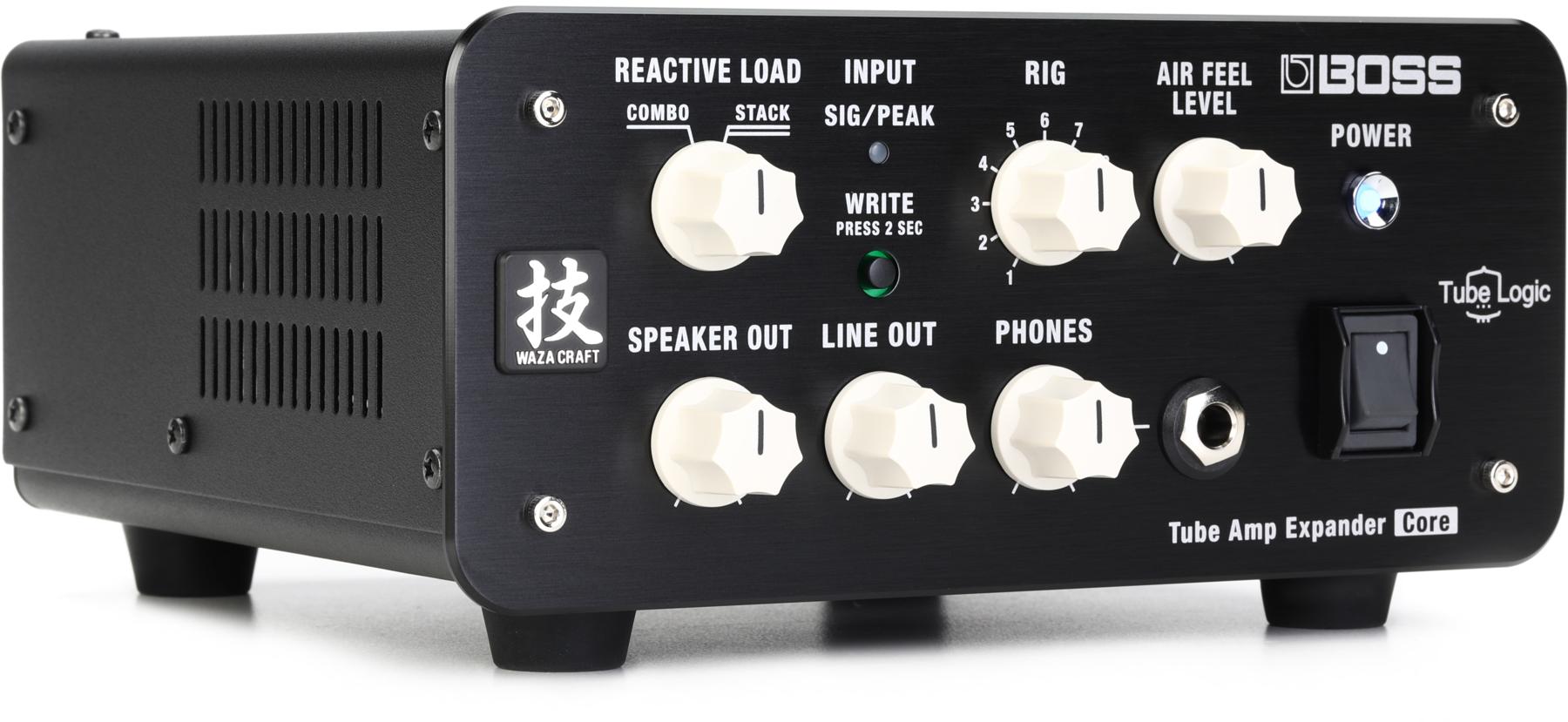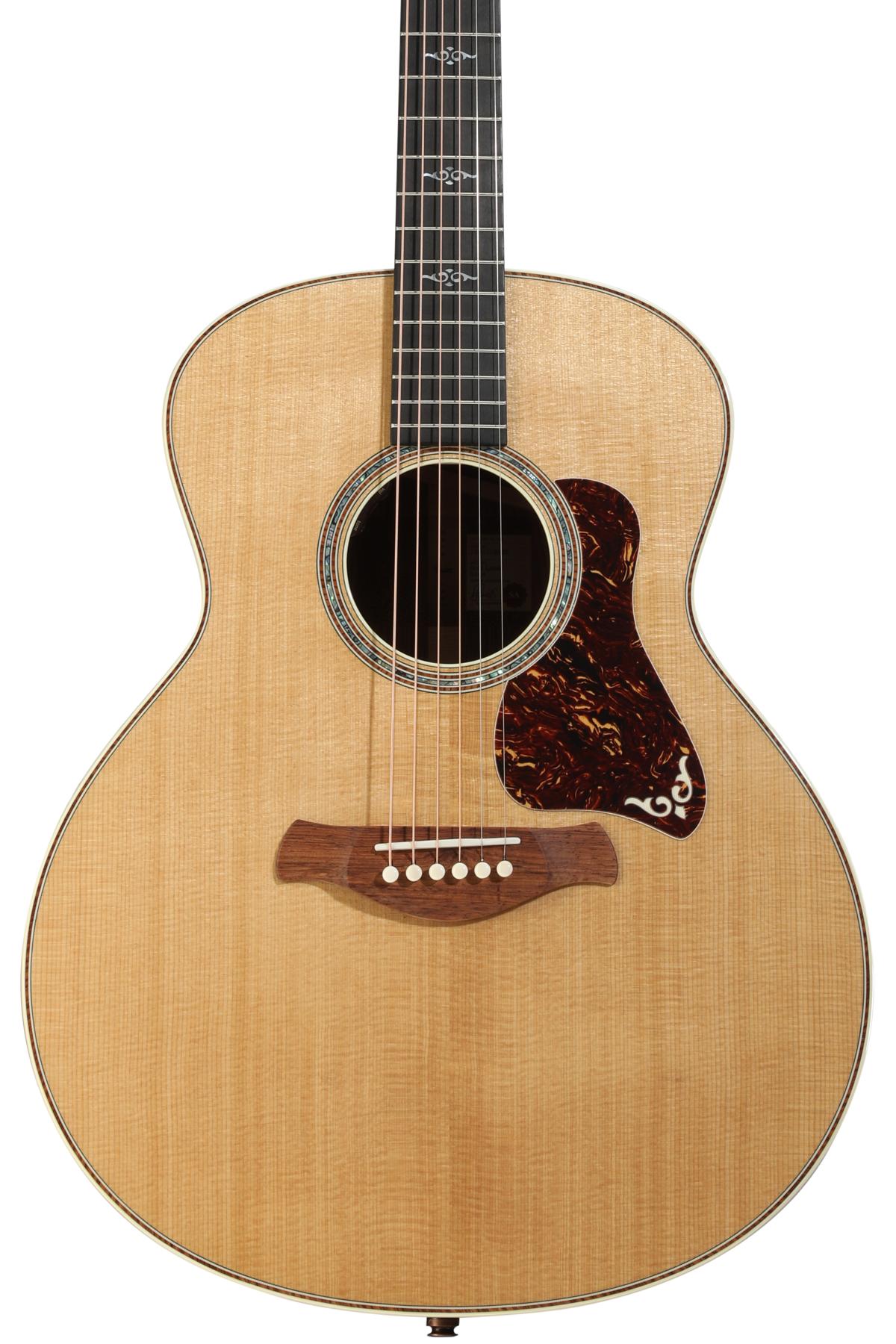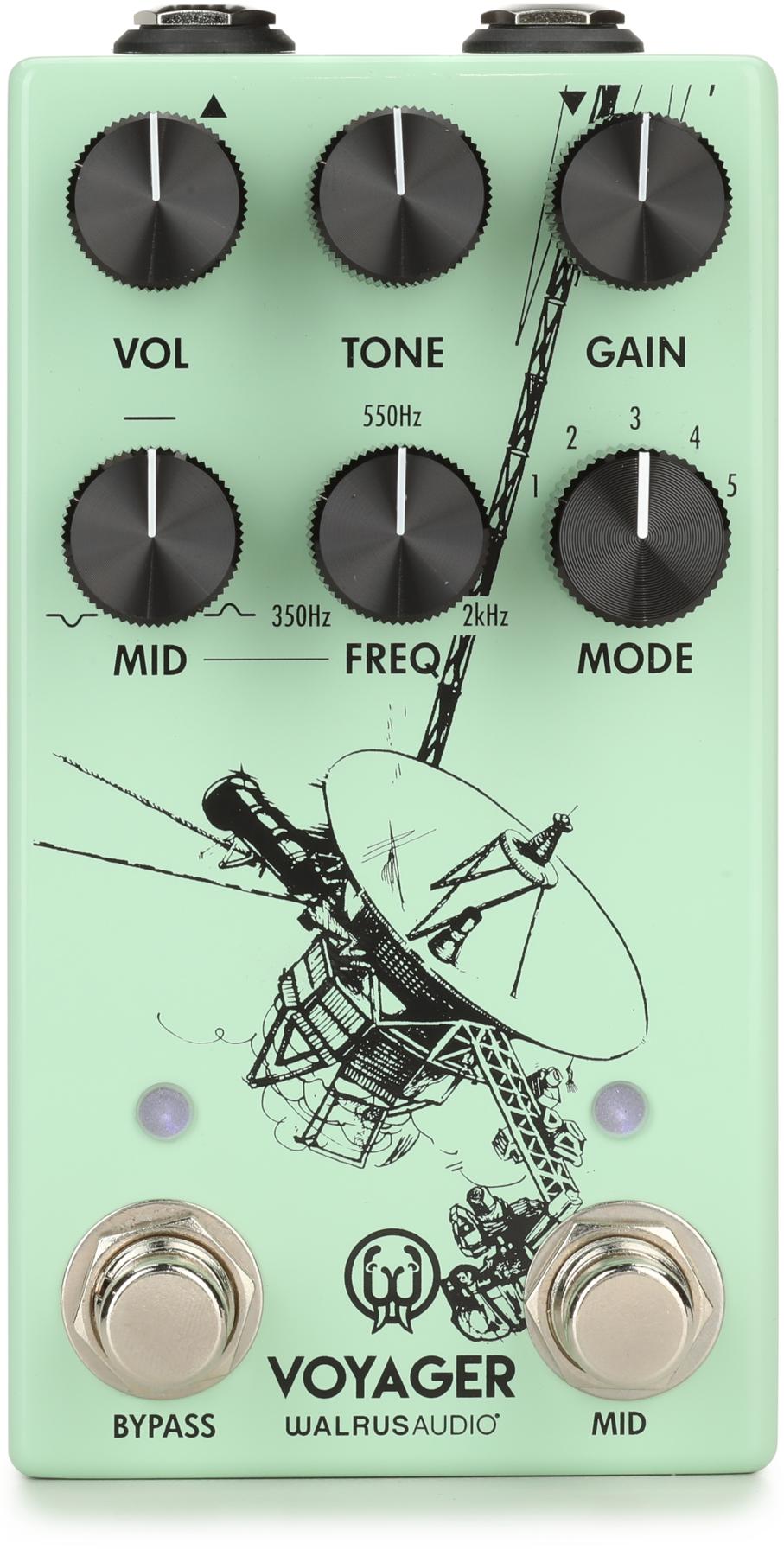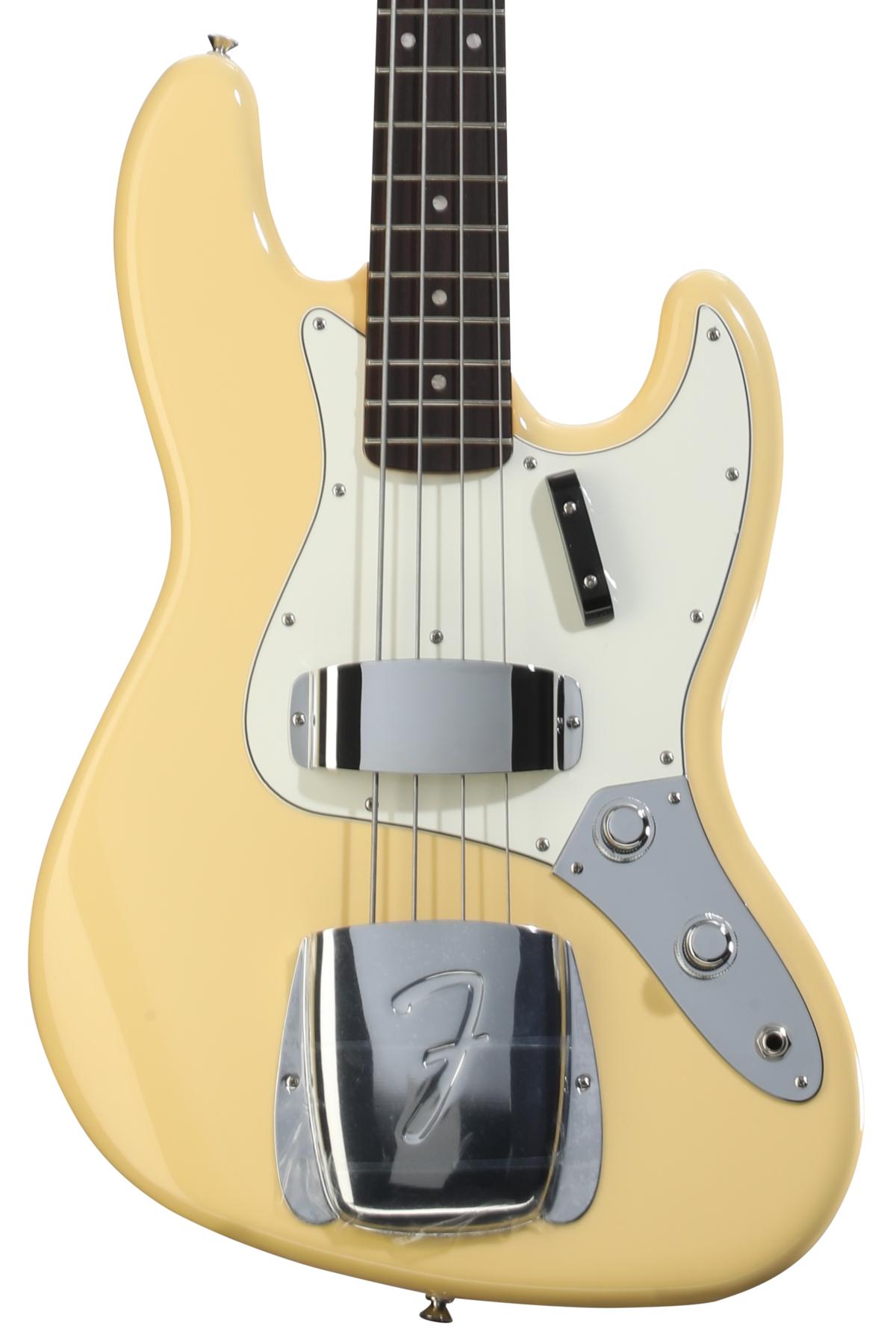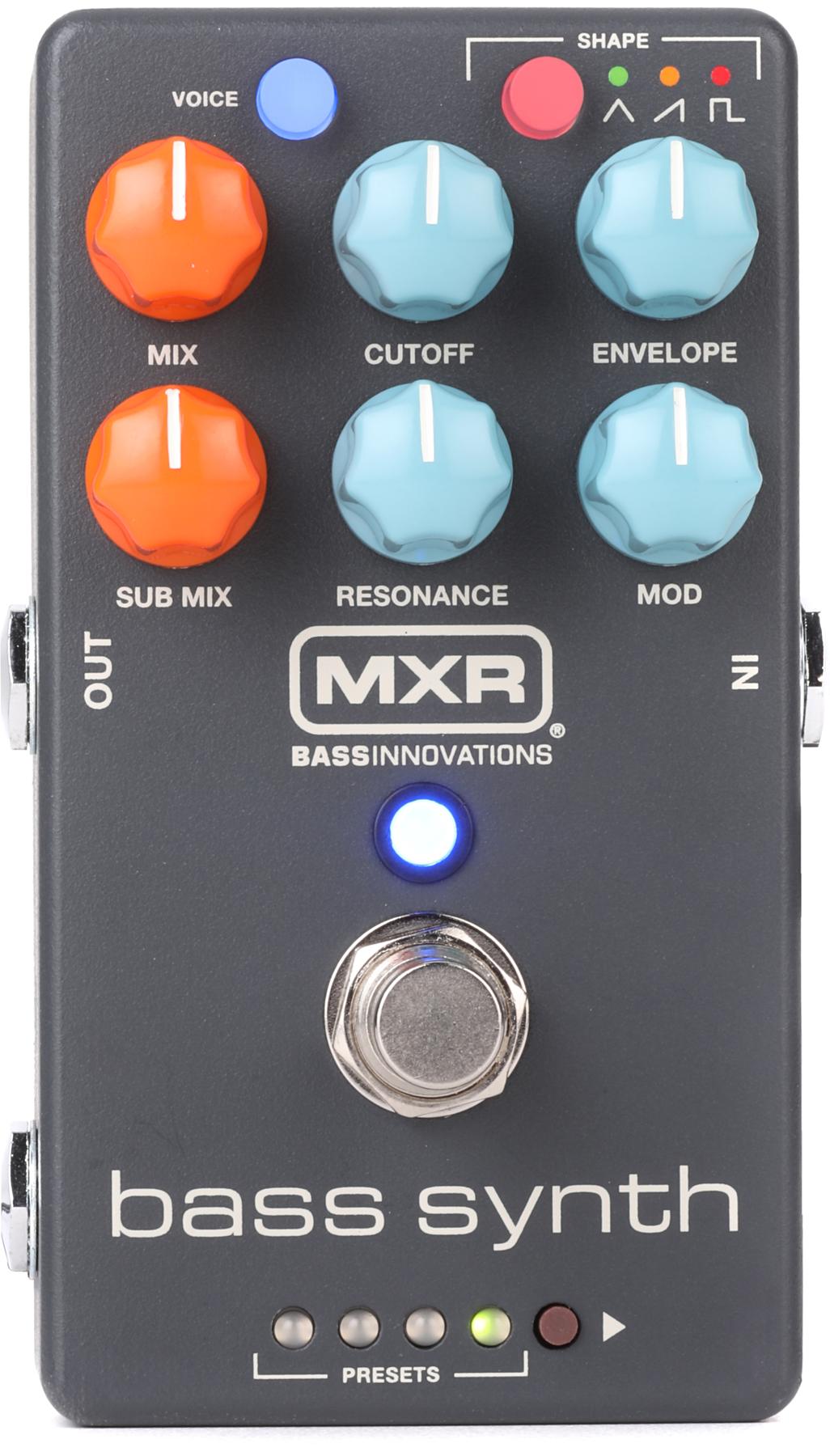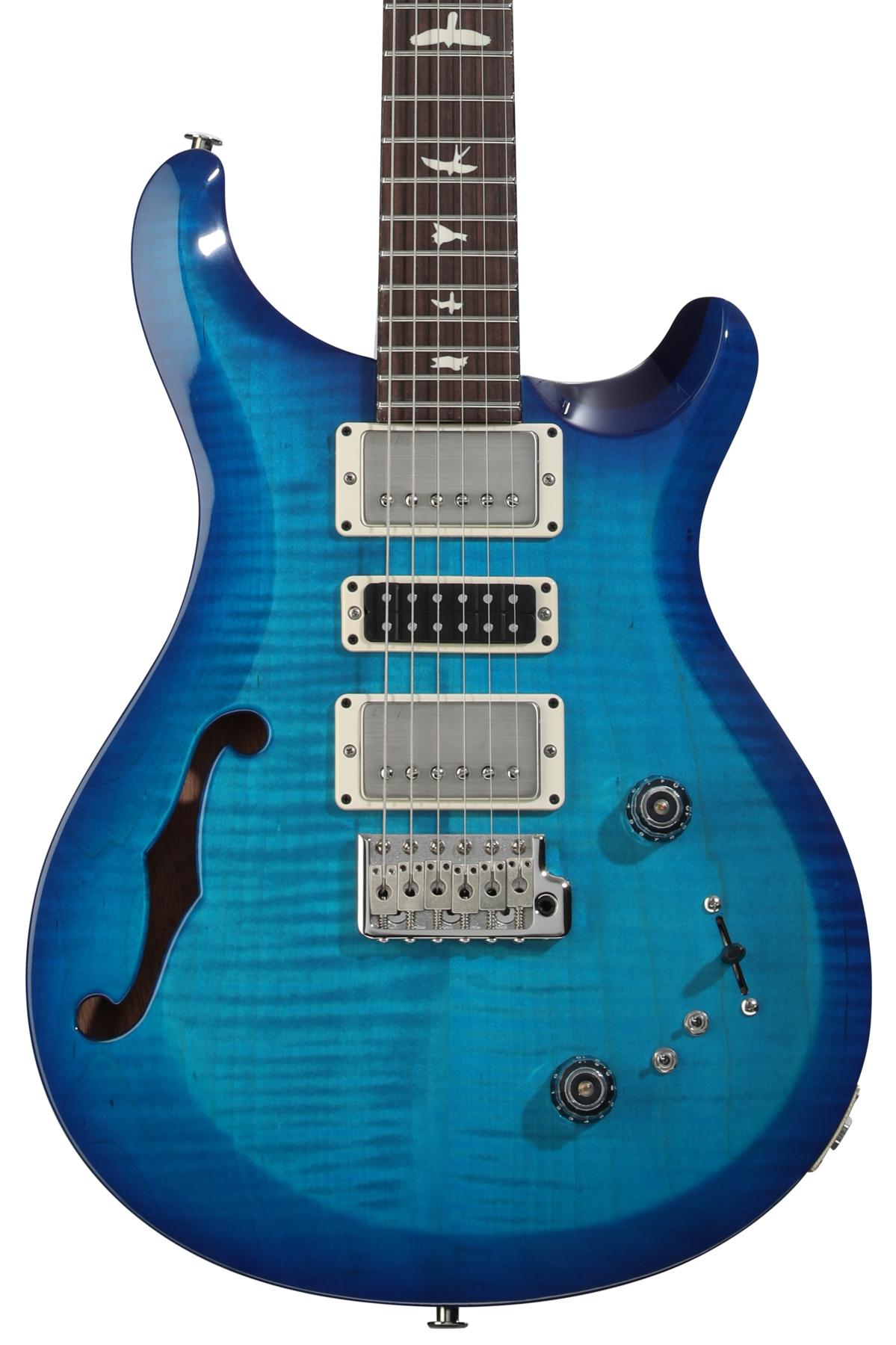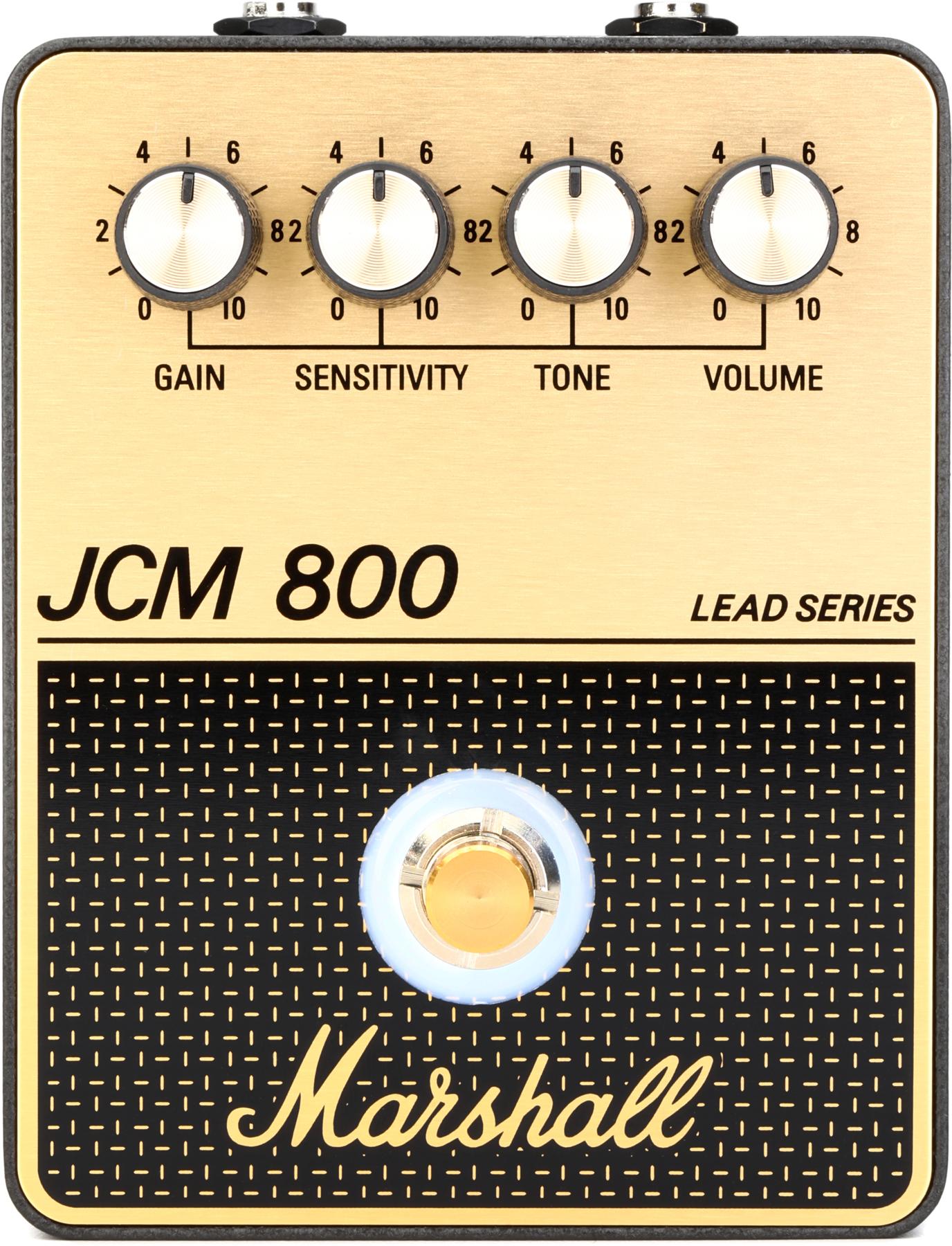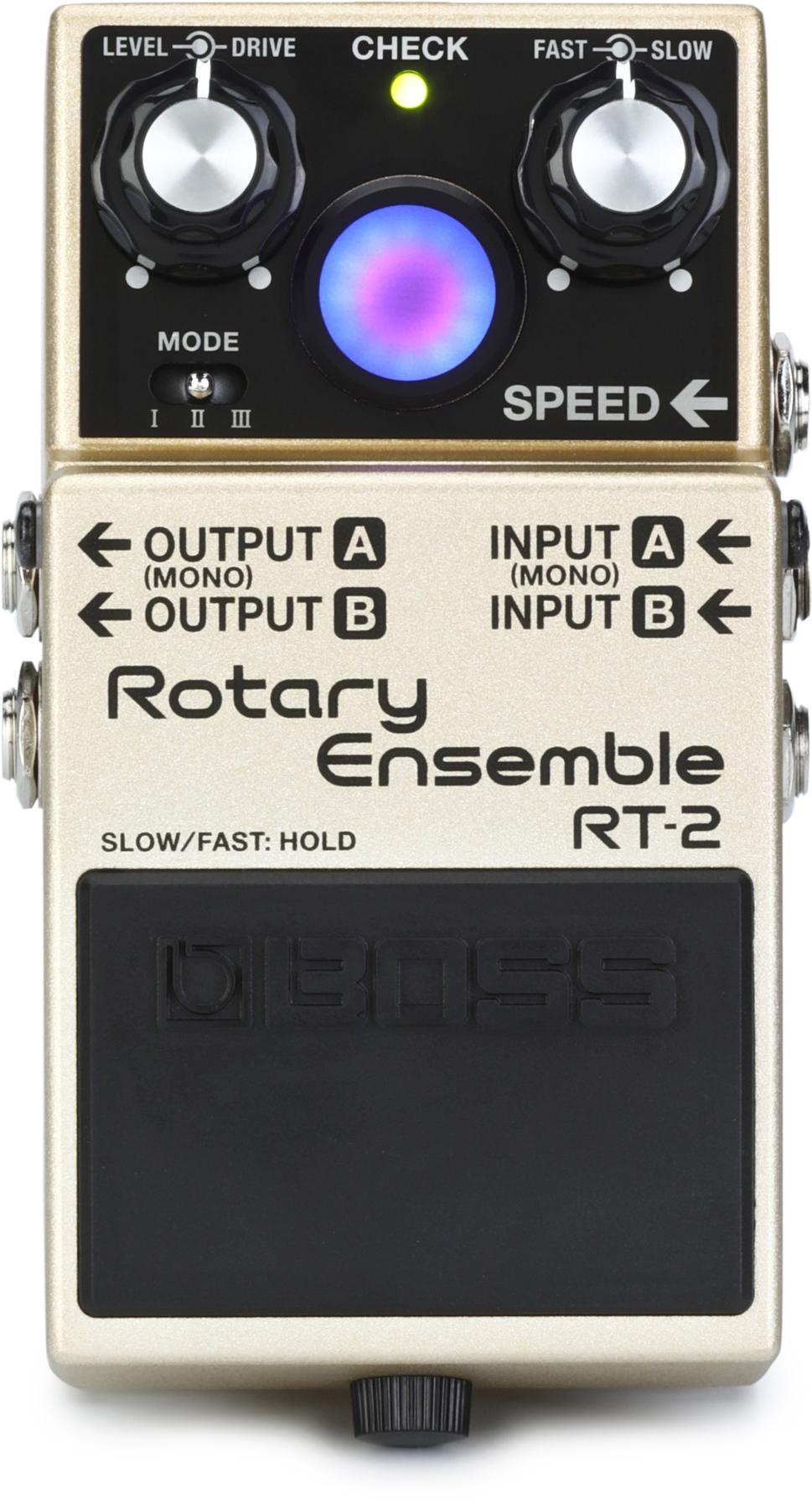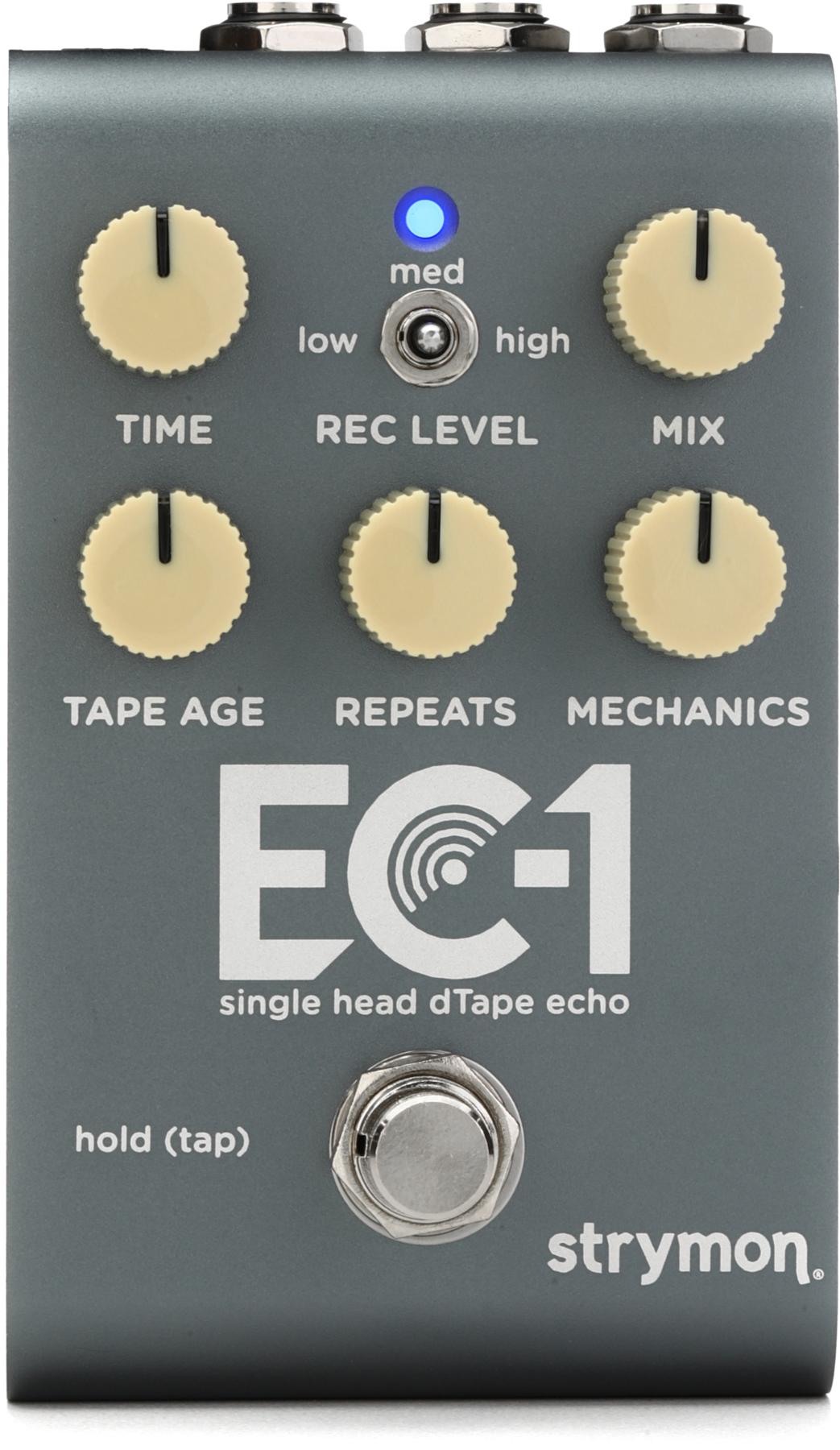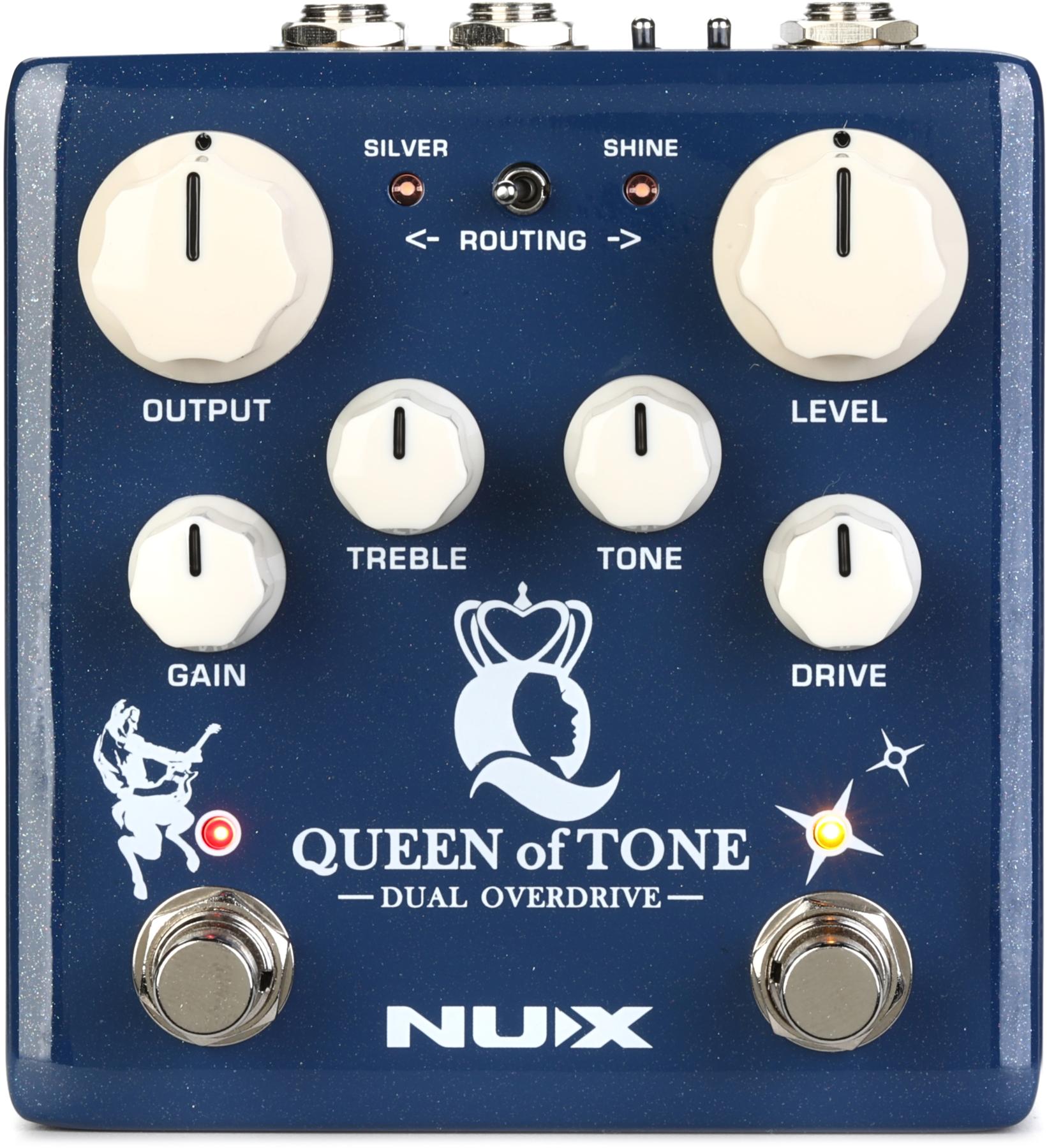Buying an amp isn’t as straightforward as it used to be – and that’s fine by me. Some of us are looking for particular features or configurations that you just don’t find in your local music store’s offerings. Luckily, one of the coolest industry trends on the rise is the customizable amp from an established manufacturer; with the extra tweaking being done by the customer, a retailer or some combination thereof.
Such is the case with the Soldano 44, a real-deal Soldano amp that is only offered by Blues City Music, a retail store just outside Memphis. Blues City owner James “Lynn” Burke had a particular vision for an amp he wanted to use in the studio himself, so he worked with Mike Soldano and Bill Sundt of Soldano Amplification to create it. Here’s what he was thinking: Astroverb-sized 50-watt combo amp pushing 6L6/5881 output tubes, five 12AX7s, a reverb, a standard tone stack and a pre-gain control. The idea was to fuse Soldano tone and craftsmanship with his own take on what the ultimate gigging amp would be – a killer sounding, versatile workhouse that is more portable than a 50-pound tube head with a 4x12 cab.
The end result is a 1x12” combo amp that can be further customized, says Burke. Other options include two tolex colors (black or Regency Blue), speakers (Jensen Blackbird Jet Alnico, Celestion V30, Soldano-tweaked Eminence Legend or Jensen Neo), verb tank harnesses and special-made Studio Slip covers. Two other preamp configurations are available, too – in addition to the Electro-Harmonix 12AX7-EH setup, players wanting cleaner headroom can order the 44 with JJ ECC 83S tubes while players who dig higher gain can ask for Tung-Sol 12AX7s.
The model I received was equipped with five Tung-Sol 12AX7 hi-gain preamp tubes and a 12” Jensen Blackbird Jet Alnico speaker. The speaker and reverb tank harnesses were connected with 10 gauge Solid Cables wire. I’ve seen a lot of combos in my day but this one was very different from the get-go.
The base model comes with an industry standard power cord but my review came equipped with big upgrade - the Monster Cable MPL 300 power chord. From a glance you’d think it ran on 220. Burke says he can also upgrade the amp with a Solid Cable power cord that is even bigger.

The control panel is clever, yet simple, with an input, a pre-gain control and standard tone controls (bass, mid, treble). Dual volume controls for foot-switchable Normal and Lead levels are basically operate as a built-in boost and the Presence control lets you shape the top of your tone as you see fit. Every pot is calibrated from 0 to 11. The standby and power switches on my review model were flanked with a blue pilot light that matched the cabinet’s rich Regency Blue Tolex. I’m always a fan of having such controls on the front of an amp as I’d rather not reach around the back and fumble around in the dark. The back of the amp was limited to the power cord, two speaker jacks, the impedance selector knob and 2 fuses.
The Soldano 44’s reverb tank is not mounted to the amp, it actually resides in its own case that stays in place via Velcro, preventing amp noise from tainting the sound. I found the reverb to be very lush and usable – not too washed out and not too dry. However, those looking for canyon-sized, surf rock reverb will not find it here. For rhythm, I kept it at 2, or just a hair below. For leads I liked it up around 5.
The 44 is extremely versatile for a single channel amp. I was able to get a great blues tone, soaring with just the right grit, with the pre around 6. Backing off the volume on your guitar cleans up the dirt nicely. Even with the volume cranked I could play 7th and 9th chords while still retaining clarity. When lowering the pre a hair and raising the master volume a touch I was able to get a great Nashville sound with my Tele.

If classic rock is your thing, you’ll be in hog’s heaven playing PAF’s through the Soldano 44. Crunchy, muscular, singing tone just pushes out of this amp. It handled everything I threw at it – my Strat, myTele, my Les Paul with EMGs. Even cranked up all the way, this amp never got flabby or showed signs of farting out.
I would rank this amp’s versatility somewhere between unbelievable and ridiculous. I’ve never seen a 50 watt, 1x12 combo put out death metal with such power and razor sharp edges while still being able to turn around and sing clean combo jazz with all the responsiveness and musicality you’d normally expect from a very specific-minded boutique creation. I can see how this amp would get a lot of use in a busy studio – it is dead quiet and subtle or raunchy loud and full. It’s fun to test the limits of its ability to push hard with very controllable breakup. In terms of sheer volume, I could hardly believe what it was doing with just 50 watts. If you play in larger clubs, you can hook up a 4x12 cab at 8 ohms with no worries at all.
The control layout takes a second to get used to but once you do, it’s hard to go back to anything else. Between the Pre, the Normal Volume, the Lead Volume and my guitar’s own volumes controls, I had a range of maneuverability that was truly inspiring and potentially pedal-killing.
I could see many a player settling in with this amp for a very long haul. It’s a powerful workhorse that is well suited for growling (at least with the Tung-Sols) and precision studio work. In the amp world, the “versatility” claim has become clichéd and abused by now, but this is an amp that truly delivers on that front. It is an expressive tone tool that is engineered for nuanced playing but it is so much more. If you’ve lived the dream of hauling 4x12 cabs and 50 lbs tube heads I’d venture to guess that this little combo won’t disappoint you.
Buy if...
you''re looking for an amp with pro tone that is built to last.
Skip if...
you need over-the-top reverb
Rating...
MSRP Base Model Retail $2170 - Soldano Amps/ Blues City Music - bluescitymusic.com |



















